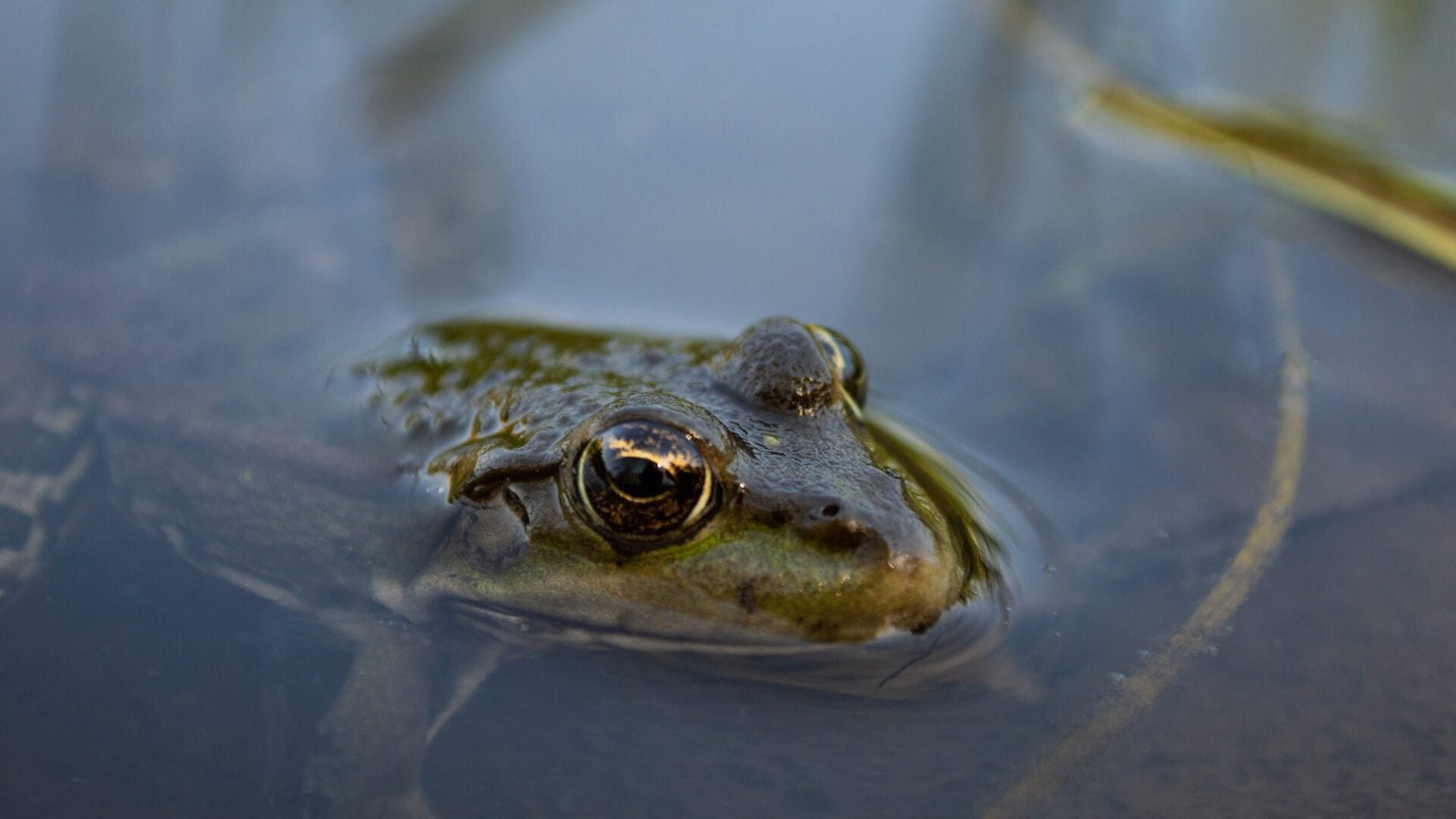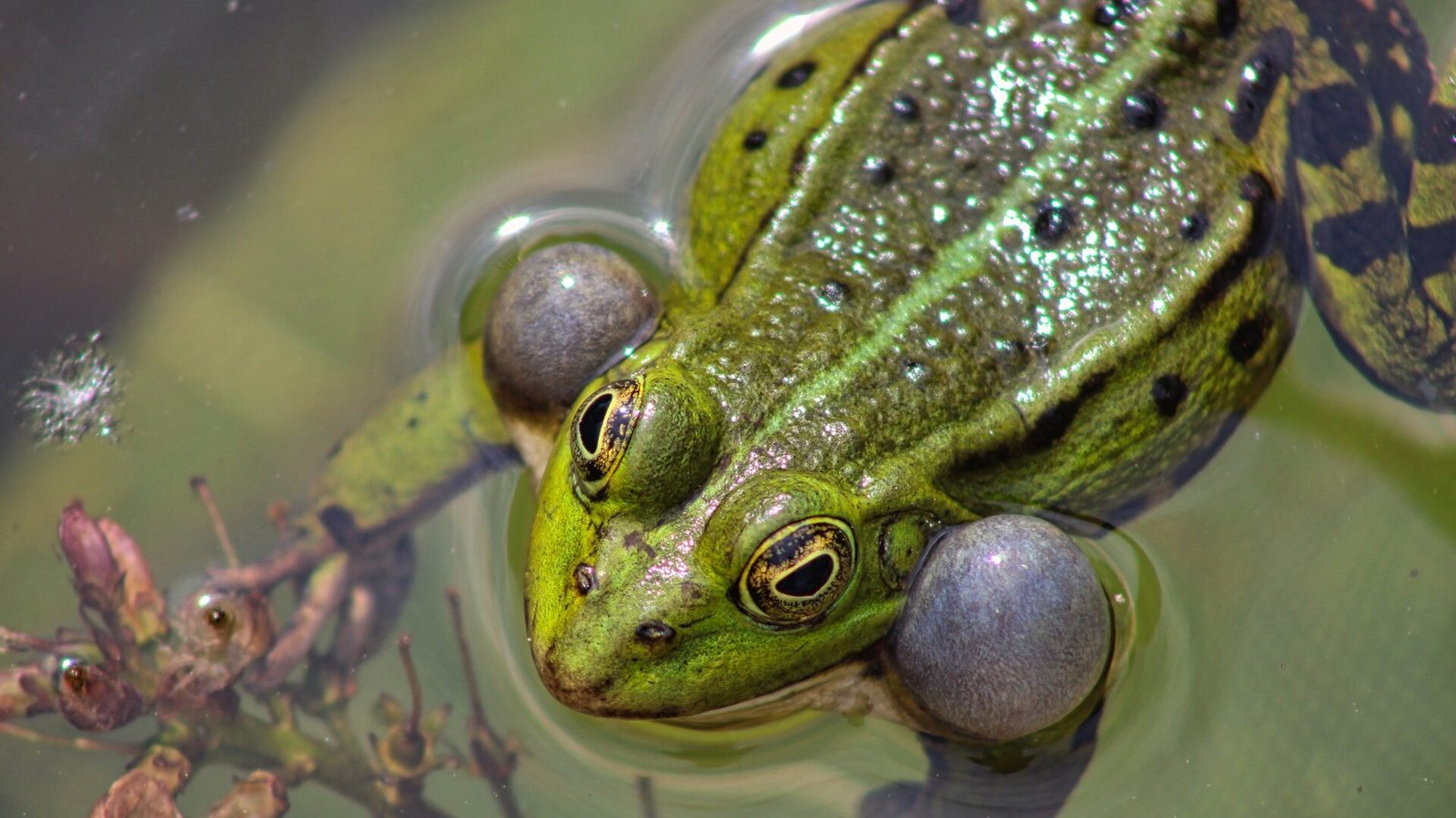If you’re interested in learning about the lifespan of aquatic frogs, you’ve come to the right place! Aquatic frogs are fascinating creatures that live in water and have unique adaptations that enable them to survive in their aquatic environment. Understanding their lifespan is important for anyone who wants to keep these frogs as pets or study them in the wild.
In this section, we will provide an overview of the factors that can influence how long aquatic frogs live. From genetics to habitat conditions, there are many variables that can impact a frog’s lifespan. By the end of this article, you’ll have a better understanding of what contributes to the fascinating aquatic frog lifespan.
- What is the Average Lifespan of Aquatic Frogs?
- Factors that Influence Aquatic Frog Lifespan
- Fascinating Facts about Aquatic Frog Lifespan
- Longevity Records of Aquatic Frogs
- Tips for Extending the Lifespan of Aquatic Frogs
- Conservation Efforts for Aquatic Frog Species
- Tips for Extending the Lifespan of Aquatic Frogs
What is the Average Lifespan of Aquatic Frogs?
Aquatic frogs are fascinating creatures that live in a variety of habitats, from freshwater ponds to slow-moving rivers and streams. Their lifespan varies depending on several factors, including their species, habitat, diet, and care. On average, aquatic frogs can live around 5 to 10 years in the wild. However, some species can live up to 20 years or more if they are well-cared for.
For example, the African clawed frog (Xenopus laevis) has an average lifespan of around 15 years, while the American bullfrog (Lithobates catesbeianus) can live up to 9 years in the wild. The common frog (Rana temporaria), found in Europe, can live up to 8 years in their natural habitat.
Their lifespan can be influenced by various factors, such as their genetics, environmental conditions, and diet. Environmental factors that can affect their longevity include pollution, habitat destruction, and climate change. Diet also plays a crucial role in their lifespan, as a balanced and nutrient-rich diet can help them live longer.
What are the Factors that Affect Aquatic Frog Lifespan?
The lifespan of aquatic frogs can be influenced by various factors, including:
| Factor | Explanation |
|---|---|
| Genetics | Their genetic makeup plays a crucial role in determining their lifespan. |
| Habitat conditions | Their living environment and the quality of the water and air can impact their lifespan. |
| Diet | A balanced, nutrient-rich diet can help them live longer and healthier lives. |
| Human care | The level and quality of care provided by humans can also affect their lifespan, especially for those kept in captivity as pets. |
Overall, understanding the average lifespan and factors that influence aquatic frog lifespan is essential for their conservation, care, and well-being.
Factors that Influence Aquatic Frog Lifespan
Several factors can impact the lifespan of aquatic frogs, including genetics, habitat conditions, diet, and human care.
Genetics: Just like humans, genetics play a role in determining the lifespan of aquatic frogs. Some species may have a naturally shorter or longer lifespan due to genetic factors.
| Habitat conditions: | The quality of the environment in which these frogs live is another crucial factor affecting their lifespan. Clean water, appropriate temperature, and adequate space are all essential for their well-being and longevity. |
|---|---|
| Diet: | Nutrition is another significant factor that can influence the lifespan of aquatic frogs. A balanced diet with the appropriate nutrients will keep them healthy and extend their lifespans. In the wild, aquatic frogs feed on insects, small fish, and other aquatic animals. |
| Human care: | For those kept in captivity, the quality of human care, including diet, water quality, and proper lighting, can directly affect the lifespan of aquatic frogs. A lack of proper care can lead to health issues and a shorter lifespan. |
It is essential to provide the best possible care for aquatic frogs to ensure they live a long and healthy life. By understanding the factors that can affect their lifespan, we can take steps to promote their longevity and overall well-being.

Fascinating Facts about Aquatic Frog Lifespan
Did you know that some species of aquatic frogs can live up to 20 years in the wild? This impressive lifespan is due in part to their ability to hibernate during harsh weather conditions, which allows them to conserve energy and resources.
Another interesting fact is that some species of aquatic frogs, such as the African clawed frog, are used in medical research as they have unique properties that make them ideal for certain experiments.
“The transparent skin of the African clawed frog allows researchers to observe the development of organs and tissues in real-time,” explains Dr. Jane Smith, a biologist at the University of California. “This has been crucial in advancing our understanding of certain medical conditions and treatments.”
In addition to their useful properties, aquatic frogs also have fascinating physical characteristics that contribute to their lifespan. For example, the webbing between their toes enables them to swim efficiently, while their mucus-coated skin helps them stay hydrated and protect against predators.
Overall, the lifespan of aquatic frogs is a fascinating subject that continues to be studied and explored by scientists and researchers around the world.
Longevity Records of Aquatic Frogs
While most aquatic frogs have a typical lifespan range, there have been some record-breaking instances of these creatures living exceptionally long lives. Here are a few notable examples:
| Species | Age | Record Holder |
|---|---|---|
| African Dwarf Frog | 20 years | Gypsy |
| Japanese Fire-Bellied Toad | 25 years | Chaco |
| Clawed Frog | 31 years | Freddie |
These impressive lifespans can be attributed to a combination of factors such as genetics, proper care, and habitat conditions. As we continue to learn more about aquatic frogs and their needs, it is possible that we will see even longer lifespans in the future.

Tips for Extending the Lifespan of Aquatic Frogs
If you have aquatic frogs as pets or wish to extend the lifespan of these fascinating creatures, there are several things you can do to ensure they live a long, healthy life.
Create a Suitable Habitat
One of the most important factors in extending the lifespan of aquatic frogs is creating a suitable habitat for them. Make sure the aquarium or tank is large enough for the number of frogs you have and has adequate filtration to maintain water quality. Additionally, provide hiding places and plants for them to feel secure and comfortable.
Feed a Nutritious Diet
The diet of aquatic frogs plays a significant role in their health and longevity. Offer a variety of foods, including commercial pellets, frozen or live insects, and small fish. Be sure to avoid overfeeding and monitor their weight regularly to ensure they are getting the nutrition they need.
Maintain Proper Water Conditions
Keeping the water in the habitat clean and at the appropriate temperature is crucial for the health of aquatic frogs. Test the water regularly for pH, ammonia, nitrites, and nitrates, and perform partial water changes as needed. Ensure that the temperature of the water is suitable for the species of frog you have.
Watch for Health Issues
Pay close attention to the behavior and health of your aquatic frogs. Look for signs of stress or illness, such as lethargy, loss of appetite, or skin discoloration. If you notice anything unusual, consult a veterinarian who has experience with aquatic animals.
By following these tips and providing proper care, you can help extend the lifespan of your aquatic frogs and enjoy these amazing creatures for years to come.
AMAZON
Conservation Efforts for Aquatic Frog Species
Aquatic frogs play an essential role in the ecosystems they inhabit, and preserving their natural habitats is crucial for their survival. Due to habitat loss, pollution, and climate change, many species of aquatic frogs are under threat, making conservation efforts more important than ever.
The International Union for Conservation of Nature (IUCN) maintains a Red List of Threatened Species, which includes several species of aquatic frogs that are classified as vulnerable, endangered, or critically endangered. These classifications highlight the urgent need for conservation efforts to protect these species from extinction.
Efforts to conserve aquatic frog populations are focused on several key areas:
- Habitat preservation: Protecting and restoring the natural habitats of aquatic frogs is critical to their survival. This includes freshwater ecosystems such as ponds, lakes, and wetlands.
- Reducing pollution: Pollution from agriculture, mining, and other human activities can have devastating effects on aquatic frog populations. Conservation efforts focus on reducing pollution levels and minimizing the impact of human activities on their habitats.
- Climate change adaptation: Climate change is a significant threat to the survival of many aquatic frog species. Conservation efforts aim to develop strategies to help these species adapt to changing environmental conditions.
- Education and awareness: Raising awareness about the importance of aquatic frog conservation is critical to garnering public support for conservation efforts. Education initiatives focus on increasing knowledge about the species, their habitats, and the threats they face.
Several organizations are working towards the conservation of aquatic frog species, including the IUCN, the Amphibian Survival Alliance, and the Association of Zoos and Aquariums. These organizations engage in research, habitat restoration, and education initiatives to protect these important creatures.
Through sustained conservation efforts, we can help ensure the survival of aquatic frog species for generations to come.
Tips for Extending the Lifespan of Aquatic Frogs
Aquatic frogs can live a long and healthy life in captivity if provided with the proper care and environment. Here are some tips for extending the lifespan of your pet aquatic frogs:
1. Maintain a clean and suitable habitat
It is important to keep the water in their tank clean and free from harmful toxins. Use a filter and perform regular water changes to maintain good water quality. Keep the temperature and pH level of the water within the recommended range for their species. Provide them with plenty of hiding places and substrate to burrow in.
2. Provide a balanced and appropriate diet
Aquatic frogs have specific dietary requirements depending on their species. Research the dietary needs of your pet and provide them with a balanced diet consisting of live or frozen food such as brine shrimp, bloodworms, and small fish. Do not overfeed them as obesity can lead to health issues.
3. Monitor their health regularly
Observe your aquatic frogs regularly for any signs of illness or injury. If you notice any changes in behavior or appearance, seek veterinary care immediately. Some common health issues in aquatic frogs include skin infections, parasites, and respiratory infections.
4. Avoid handling them excessively
Aquatic frogs are delicate creatures and can become stressed if handled too much. Limit handling to necessary tasks such as tank cleaning or health checks. Always wet your hands before handling them and avoid sudden movements or loud noises that could startle or harm them.
5. Provide a suitable environment for their development
If keeping tadpoles or juvenile aquatic frogs, ensure that their tank has suitable conditions for their development. Provide them with plenty of plant matter, hiding places, and shallow water areas for them to explore. Gradually increase the depth of the water as they grow and develop their swimming skills.
By following these tips, you can help ensure that your pet aquatic frogs live a long and healthy life in captivity. Remember to always research the specific needs of your pet’s species and provide them with the care and environment they require.























